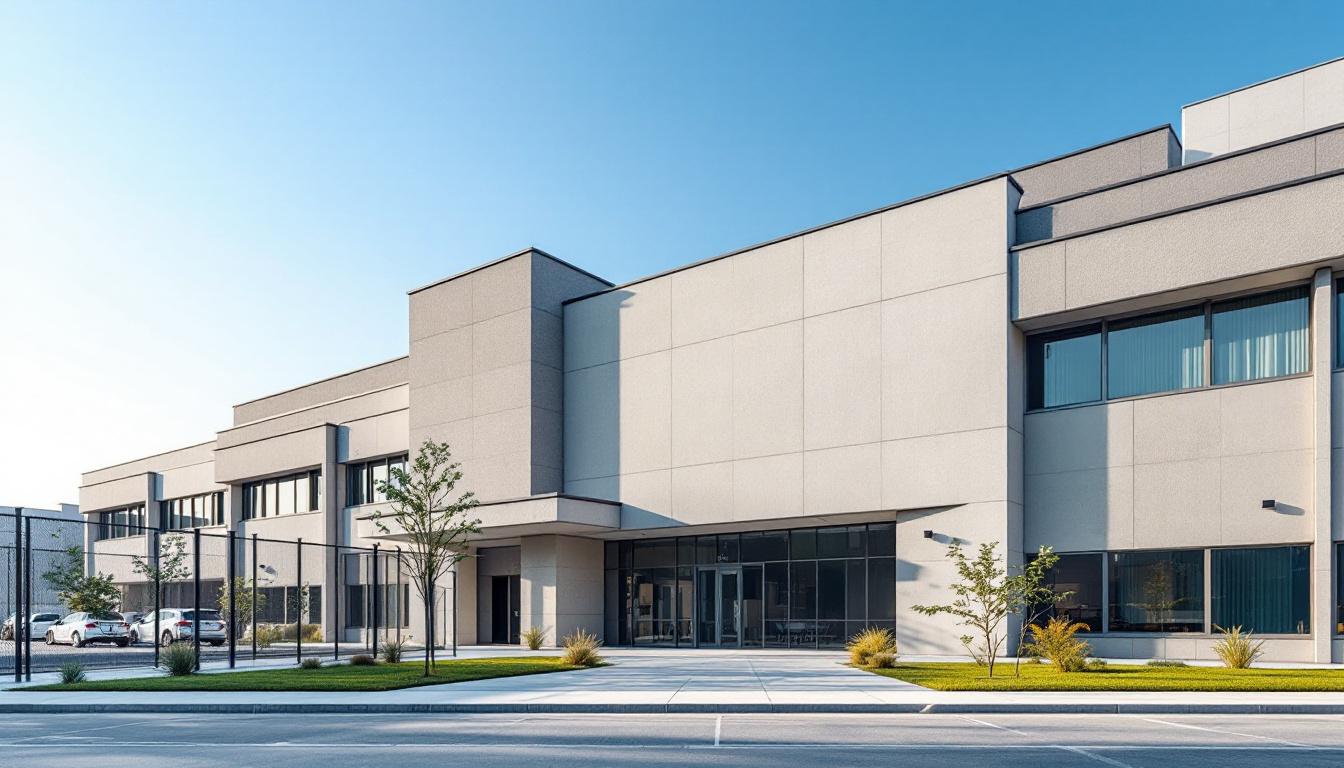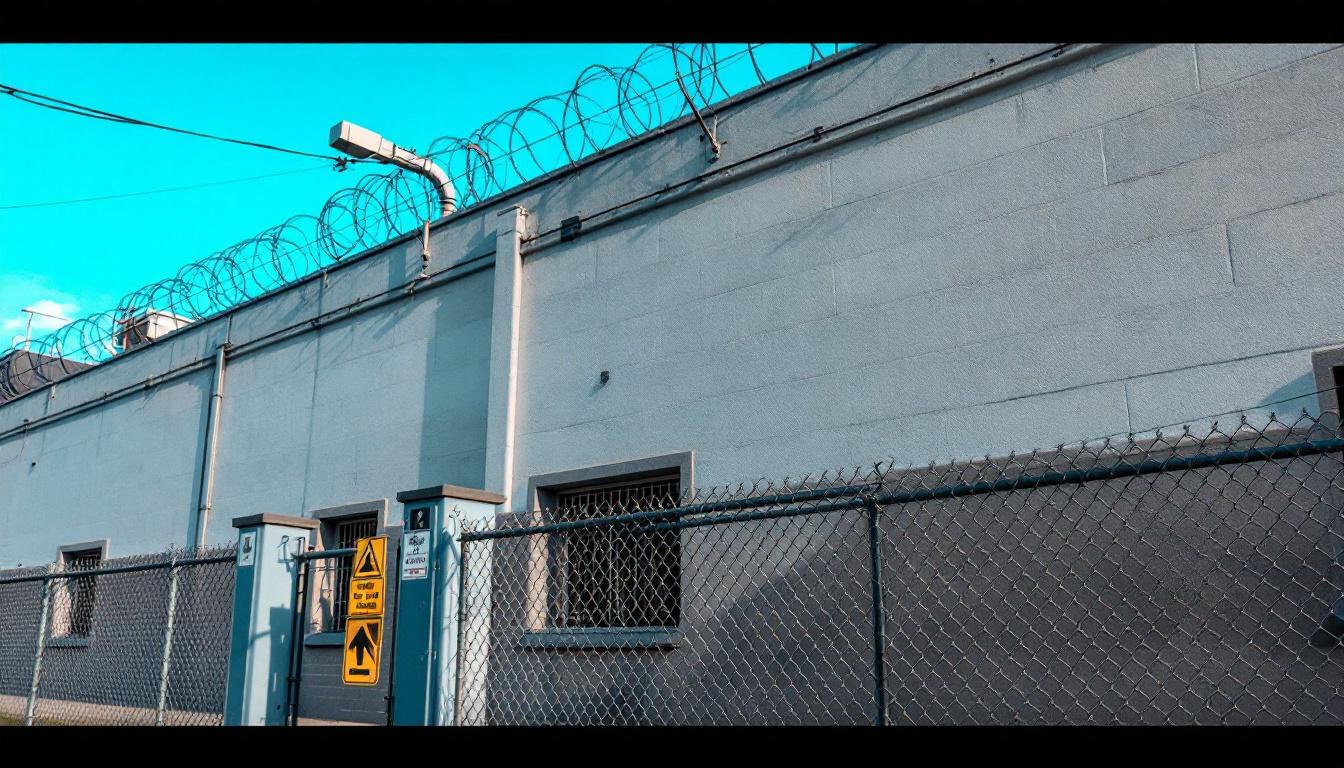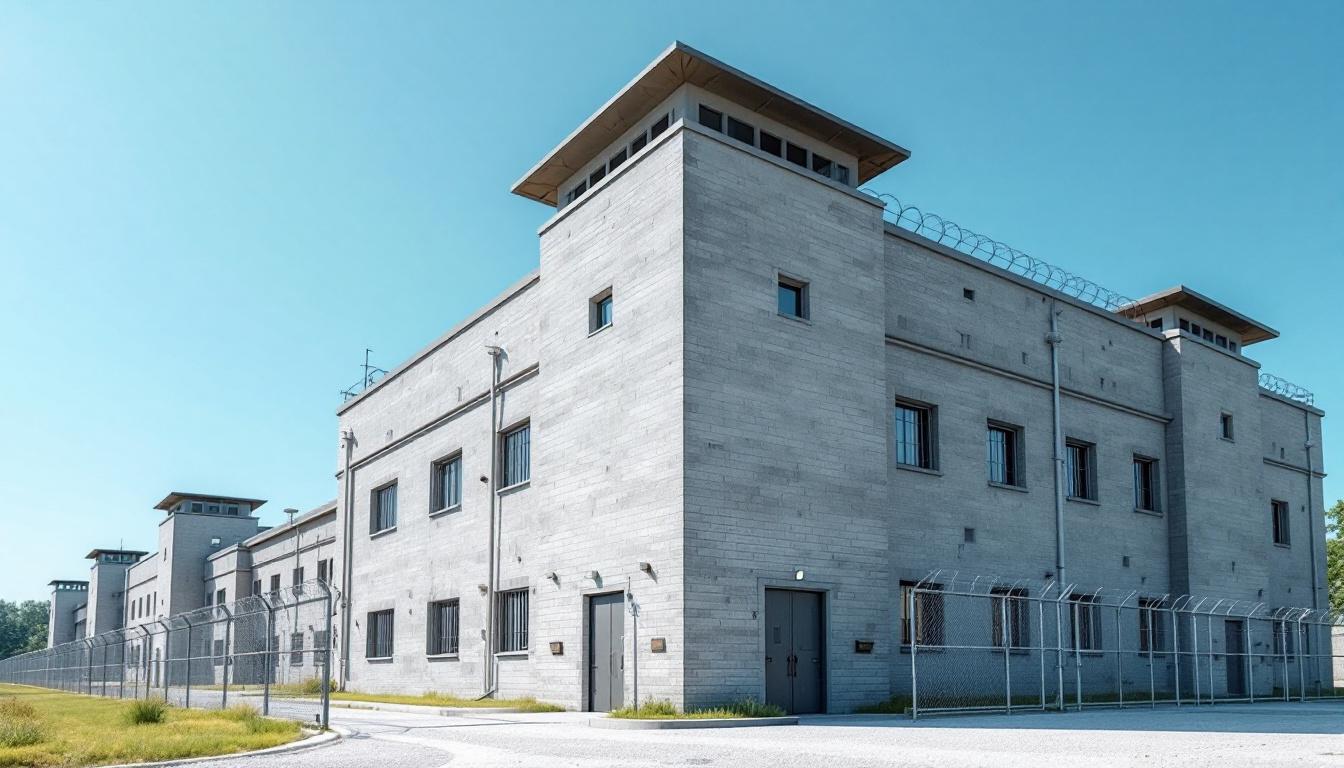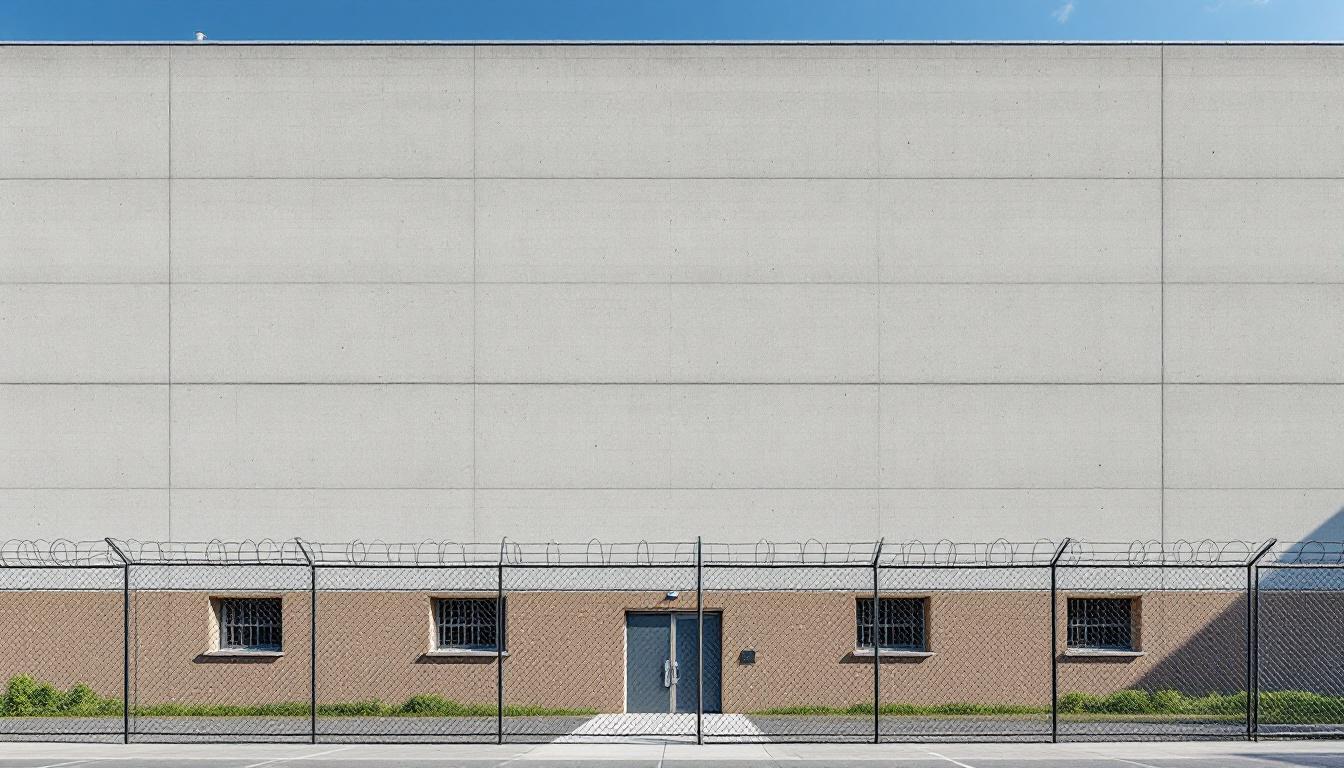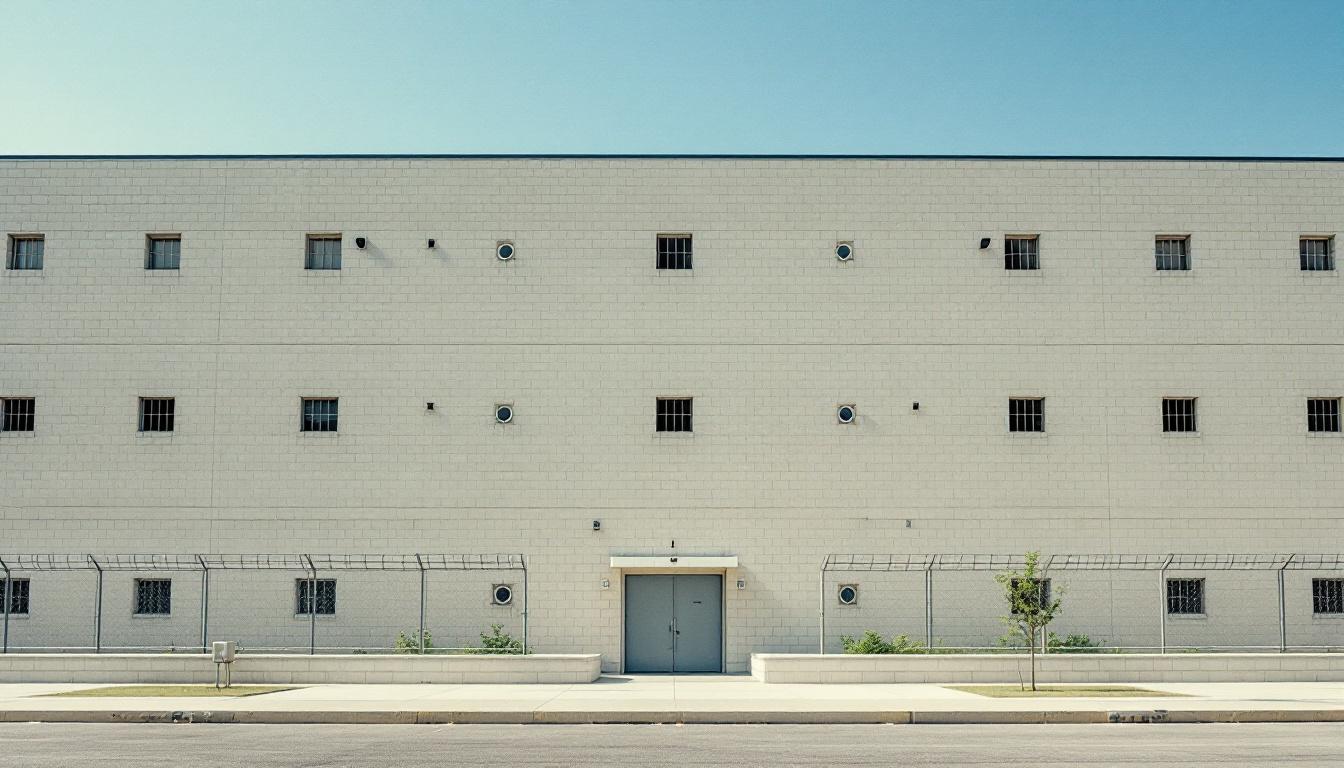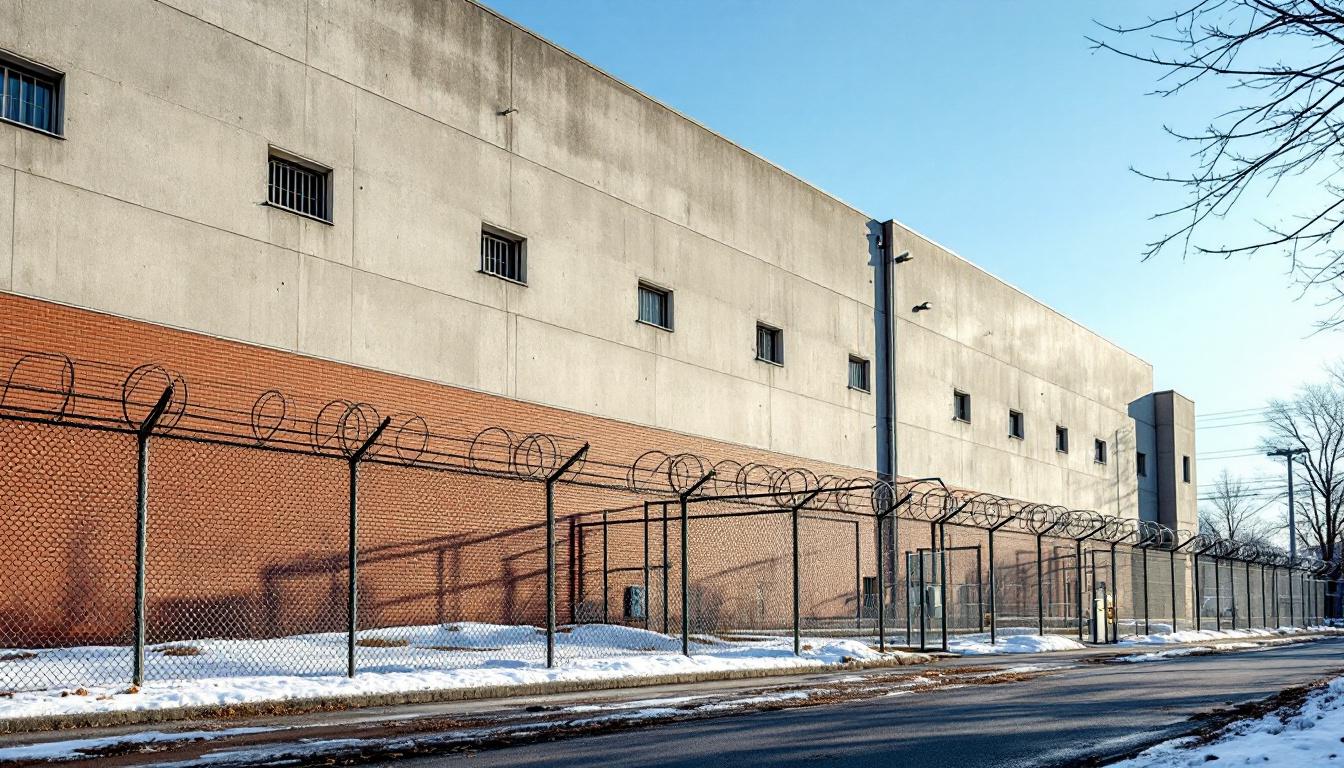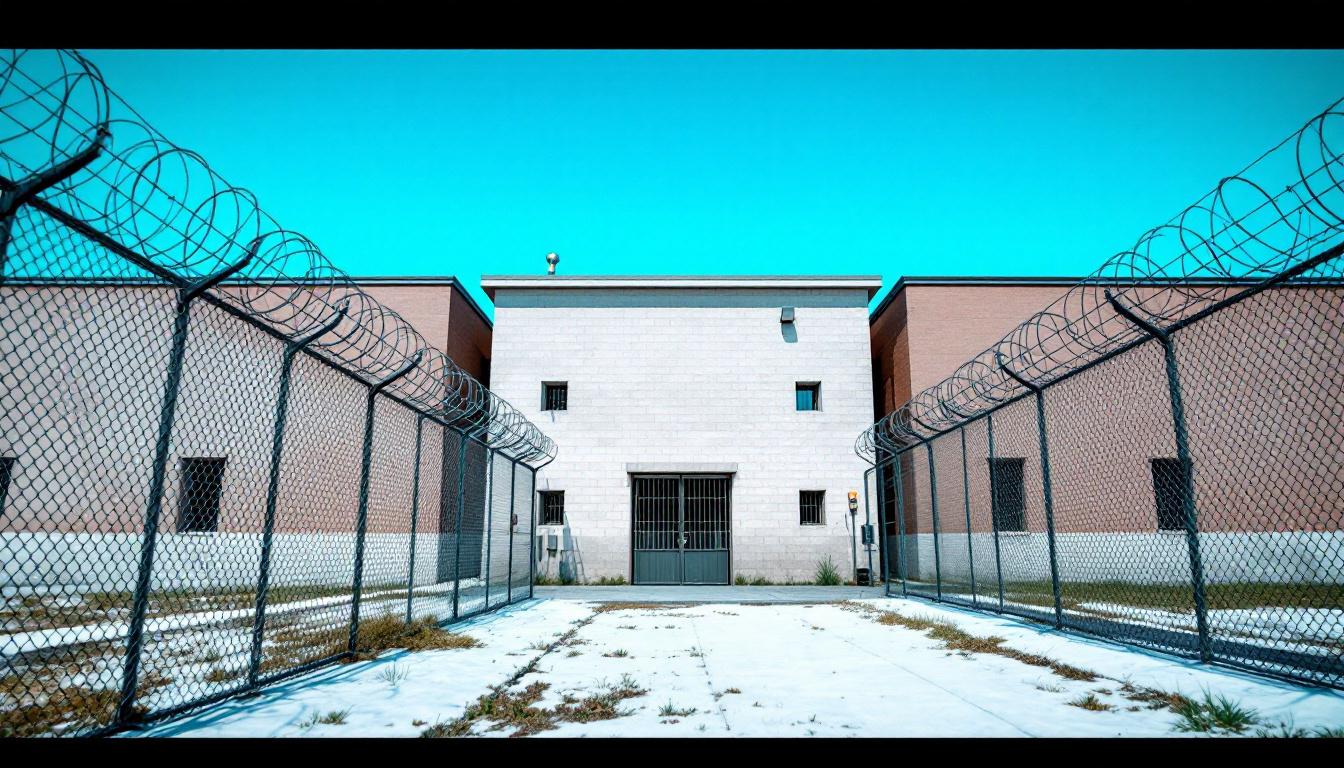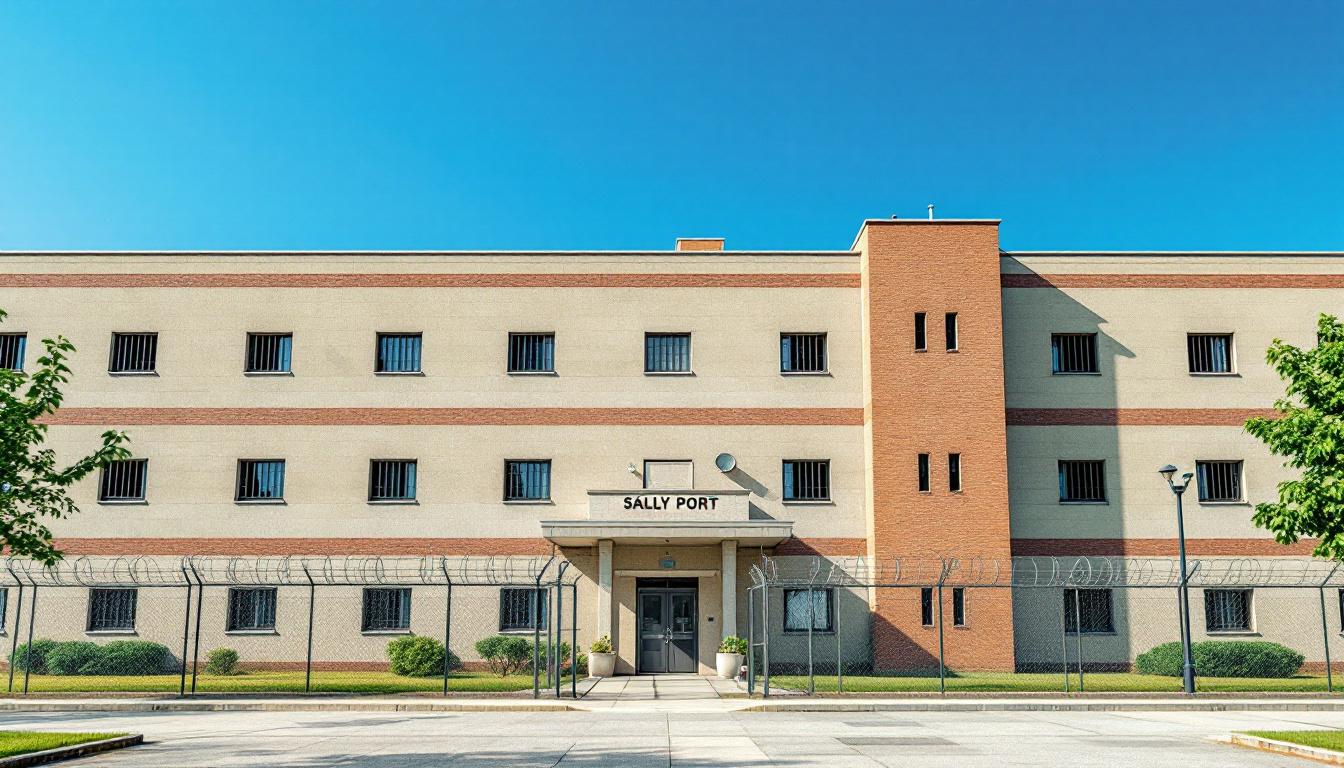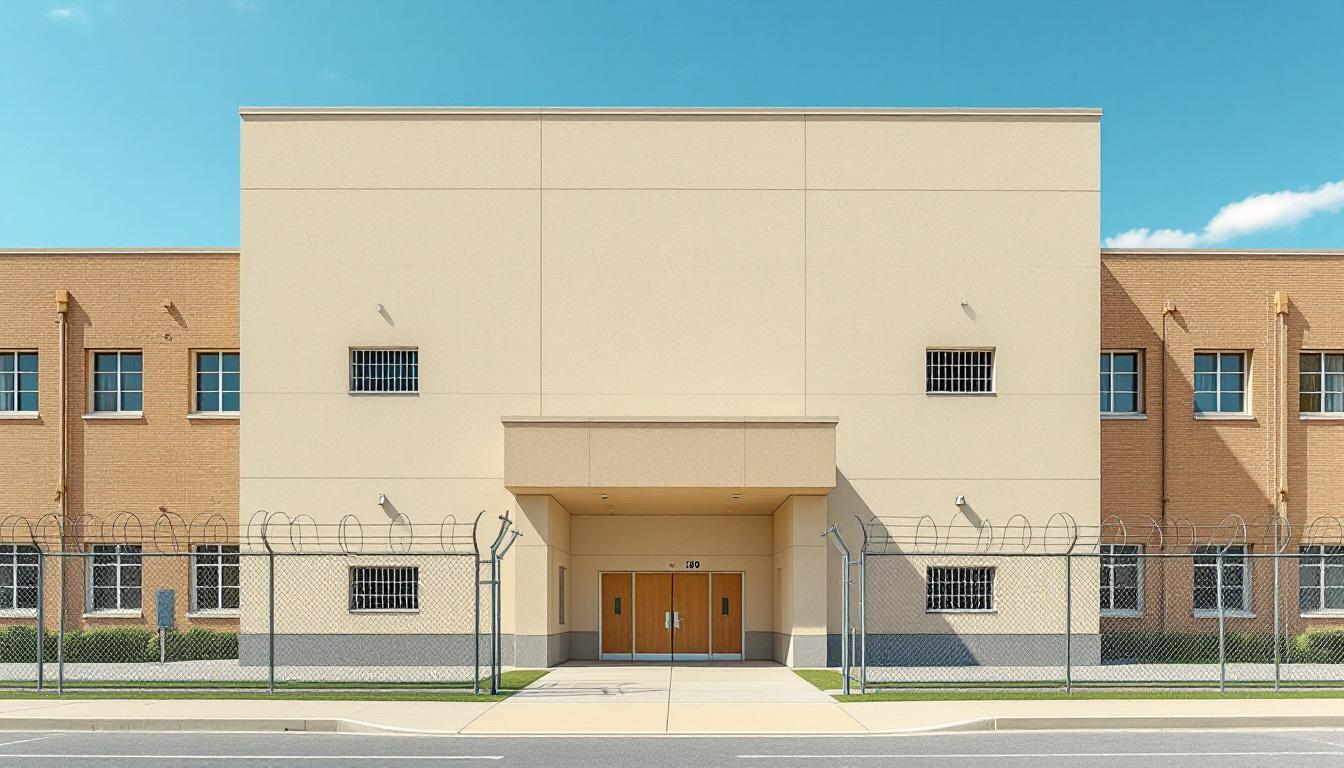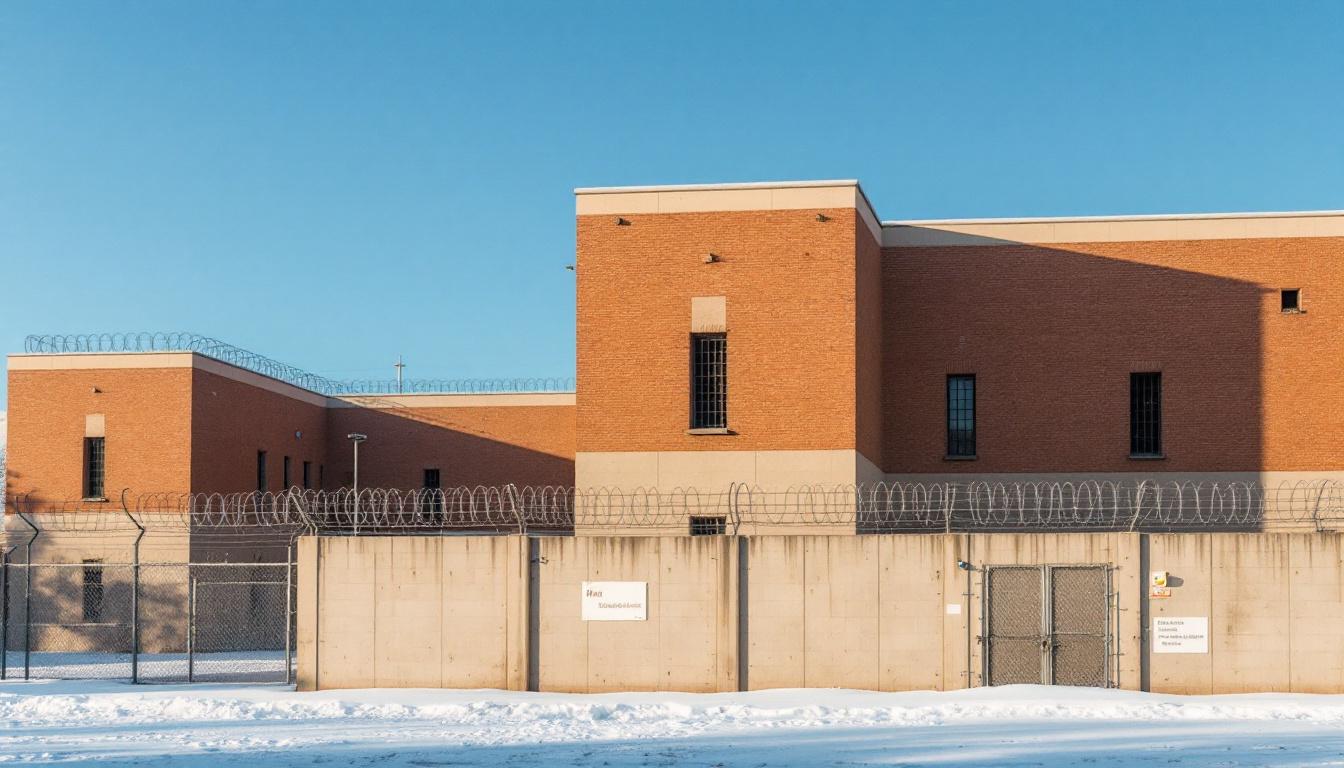
Quick Navigation
How to contact an inmate at St Brides Correctional Center
This comprehensive guide will walk you through how to connect with an inmate at St Brides Correctional Center. Follow the steps below to find an inmate and send letters and photos:
- Search for the inmate using our search tool below
- Create your account or log in to Penmate
- Write your message (up to 6,000 characters)
- Send instantly - inmates receive printed copies daily
Find an Inmate
Search for an inmate to start communicating today
Tip: You can search by first name, last name, or inmate ID number
To contact a person at St Brides Correctional Center start by searching for the person on the facility website. Perform a search by following these steps:
- Step 1: Enter their first name and last name into the search form and click "Search"
- Step 2: Locate their inmate record
- Step 3: Write down their Inmate ID and any housing information provided
Important! Be sure to enter the person's full name. Nicknames should not be used.
How to Send Messages to Inmates

You can use your phone or computer to send emails, letters, and photos to an inmate. Messages are sent electronically to inmate tablets or kiosks at the facility. If you would like to send a message, start by searching for an inmate at St Brides Correctional Center.
Sending Photos and Postcards

A great way to send love and support to a loved one at St Brides Correctional Center is to send photos and postcards. It only takes a few minutes to send photos from your phone and it makes a huge difference. You can also mail postcards with words of support and inspiration, or design your own postcard for special moments like birthdays and holidays.
Important! Be sure not to send any explicit photos or they may not be approved by the facility. You can also use a photo printing app like Penmate to make sure your photos are printed at the correct size (4x6 or 3x5) and are mailed according to the rules and regulations of St Brides Correctional Center.
Frequently asked questions about St Brides Correctional Center
-
How long does it take to deliver a message?
If you're sending an email message your letter is usually delivered within 24-48 hours. For messages sent via mail you should expect delivery within 3-7 days. All messages will need be approved by St Brides Correctional Center.
-
How much does it cost to send a message to St Brides Correctional Center?
You can send a message free using your phone or mail a message via USPS for the price of a $0.60 stamp and envelope. You can also purchase credits or e-stamps from services starting at $1.99.
-
What services can I use to contact an inmate at St Brides Correctional Center?
Penmate
You can use Penmate to send letters and photos to an inmate from your phone. It's an easy way to stay in touch during your loved one's incarceration. Use the inmate locator to find an inmate's location and contact information, then you can send messages within a few minutes.
Securus messaging
Securus may be another option for communicating with an inmate at St Brides Correctional Center. You can create a friends and family account and purchase credits to send messages. All messages will be reviewed and must be approved by the facility.
JPay
Some county jails and state prisons may support sending messages with JPay. You must register an account with the system, find your loved one, and purchase stamps to send messages. For some locations you can also attach photos.
Smart Jail Mail
You may also check if Smart Jail Mail is available at St Brides Correctional Center. Smart Jail Mail is operated by Smart Communications and has contracted with some state and county jails. After purchasing credits, your messages and photos are sent to the facility, printed out, and then handed out to your loved one.
-
What is the mailing address of St Brides Correctional Center?
Mailing address:
St Brides Correctional Center
701 Sanderson Rd
Chesapeake, VA 23322
Phone: (757) 421-6600Business hours:
- Monday: Open 24 hours
- Tuesday: Open 24 hours
- Wednesday: Open 24 hours
- Thursday: Open 24 hours
- Friday: Open 24 hours
- Saturday: Open 24 hours
- Sunday: Open 24 hours
-
What are the visiting hours at St Brides Correctional Center?
Visiting hours at St Brides Correctional Center vary by housing unit and security level. Generally, visits are scheduled on weekends and holidays, with some facilities offering weekday visits. Contact the facility directly at (757) 421-6600 or check their website for the current visiting schedule. Visits typically last 30-60 minutes and must be scheduled in advance.
-
What items are prohibited when sending mail to St Brides Correctional Center?
Prohibited items typically include: cash, personal checks, stamps, stickers, glitter, glue, tape, staples, paperclips, polaroid photos, musical or blank greeting cards, hardcover books, magazines with staples, and any items containing metal or electronics. Only send letters on plain white paper with blue or black ink. Photos must be printed on regular photo paper (no Polaroids). Always check with St Brides Correctional Center for their specific mail policies.
-
How do I send money to an inmate at St Brides Correctional Center?
You can send money to an inmate at St Brides Correctional Center through several methods: 1) Online using JPay, Access Corrections, or the facility's approved vendor, 2) Money orders mailed directly to the facility with the inmate's name and ID number, 3) Kiosks located in the facility lobby, or 4) Over the phone using a credit or debit card. Fees vary by method, typically ranging from $2.95 to $11.95 per transaction.
-
Can I schedule a video visit with an inmate at St Brides Correctional Center?
Many facilities now offer video visitation as an alternative to in-person visits. At St Brides Correctional Center, video visits may be available through services like Penmate, Securus Video Connect, GTL, or ICSolutions. Video visits typically cost $10-20 for 20-30 minutes and must be scheduled in advance. You'll need a computer or smartphone with a camera and reliable internet connection. Contact the facility for their specific video visitation policies and approved vendors.
-
What identification do I need to visit an inmate at St Brides Correctional Center?
All visitors must present valid government-issued photo identification such as a driver's license, state ID, passport, or military ID. Minors must be accompanied by a parent or legal guardian who can provide the minor's birth certificate. Some facilities require visitors to be on the inmate's approved visitation list, which may require a background check. Contact St Brides Correctional Center for specific ID requirements and visitor approval procedures.
-
How can I find out an inmate's release date?
To find an inmate's release date at St Brides Correctional Center, you can: 1) Use the online inmate search tool if available, 2) Call the facility's records department, 3) Contact the inmate's case manager or counselor, or 4) Have the inmate provide this information during a call or visit. For privacy reasons, some facilities only release this information to immediate family members.
Facility Overview
Contact Information
St Brides Correctional Center701 Sanderson Rd
Chesapeake, VA 23322
Phone: (757) 421-6600

About St Brides Correctional Center
Comprehensive rehabilitation programming and essential support services form the foundation of operations at St. Brides Correctional Center, where individuals work toward successful community reintegration through structured educational and vocational opportunities. This VA correctional facility typically offers a range of programs designed to address various aspects of personal development, from basic literacy instruction to job readiness training that may help prepare residents for employment upon release.
Located in Chesapeake, Virginia, the facility operates as an integral component of the state's broader correctional system, maintaining security protocols while emphasizing the importance of preparing individuals for their eventual return to society. The correctional facility generally provides access to mental health services, substance abuse counseling, and educational programming that aligns with Virginia's commitment to reducing recidivism through meaningful intervention. Staff members often work collaboratively with residents to develop individualized plans that may address specific needs and goals during their period of incarceration.
The Chesapeake location allows the facility to maintain connections with regional community resources and potential employment opportunities, which can prove valuable for individuals services planning and transition preparation. Through its balanced approach to security and rehabilitation, St. Brides Correctional Center typically contributes to the state's overall correctional goals by focusing on both public safety and the personal development of those in its care, recognizing that successful reentry benefits both individuals and the broader Virginia community.
Programs & Services
The multifaceted approach to individual development at St. Brides Correctional Center reflects a comprehensive understanding that meaningful change requires diverse pathways for growth and skill acquisition. Rather than employing a one-size-fits-all methodology, the facility typically integrates educational advancement, vocational preparation, and therapeutic intervention into a cohesive framework designed to address the varied needs and circumstances of its population. This holistic philosophy recognizes that sustainable reintegration often depends upon providing individuals with multiple avenues through which they can develop both practical competencies and personal insight.
Educational opportunities form a cornerstone of the facility's comprehensive programming, with literacy programs serving individuals across various skill levels while broader education programs may offer pathways toward academic credential completion. These foundational learning experiences often complement vocational training initiatives that typically focus on developing marketable skills and industry-relevant competencies. The integration of academic and practical learning creates a robust foundation upon which individuals can build their post-release prospects, with vocational training programs often emphasizing trades and skills that align with regional employment opportunities.
In addition to these educational and vocational components, St. Brides Correctional Center may offer an extensive array of therapeutic and support services designed to address underlying behavioral patterns and promote personal accountability. Group therapy sessions typically provide structured environments for processing experiences and developing healthier coping mechanisms, while cognitive behavioral programs often focus on helping individuals recognize and modify problematic thinking patterns. The facility's programming may also include victim awareness opportunities that encourage empathy development and personal responsibility, alongside agriculture programs that can offer both practical skills training and therapeutic benefits through connection with nature and productive labor.
Daily Life & Visitation

The rhythmic sound of footsteps echoing through corridors marks the beginning of each structured day, as individuals at St. Brides Correctional Center navigate a carefully orchestrated routine designed to balance security requirements with rehabilitation opportunities. At present, the facility actively maintains a schedule that typically begins with early morning counts and meal service, followed by work assignments, educational programming, and recreational periods that offer structure throughout the day. Generally, individuals may participate in various activities including vocational training, educational classes, and counseling sessions, with the specific programming often depending on custody level, behavioral record, and individual needs assessments.
Living accommodations within the facility typically consist of housing units that may include dormitory-style arrangements or individual cells, depending on classification levels and available space. In addition to this basic housing structure, individuals usually have access to common areas where they can interact with others during designated periods, participate in recreational activities, or engage in approved programming. The dining arrangements generally involve scheduled meal times in communal dining areas, with menus that aim to meet basic nutritional requirements while accommodating certain dietary restrictions and religious observances when possible.
Despite this structured environment, the facility often provides various opportunities for individuals to maintain connections with family and friends through scheduled visitation periods, telephone access, and correspondence privileges. Work assignments may include facility maintenance, food service, laundry operations, or other institutional jobs that offer individuals the chance to develop skills while contributing to daily operations. Programming schedules typically encompass educational opportunities, substance abuse treatment, life skills training, and recreational activities that may include access to library services, physical fitness facilities, and organized sports or hobby groups, all designed to support personal development and successful community reintegration.
Ready to Connect?
Start communicating with your loved one today
Search for an Inmate
